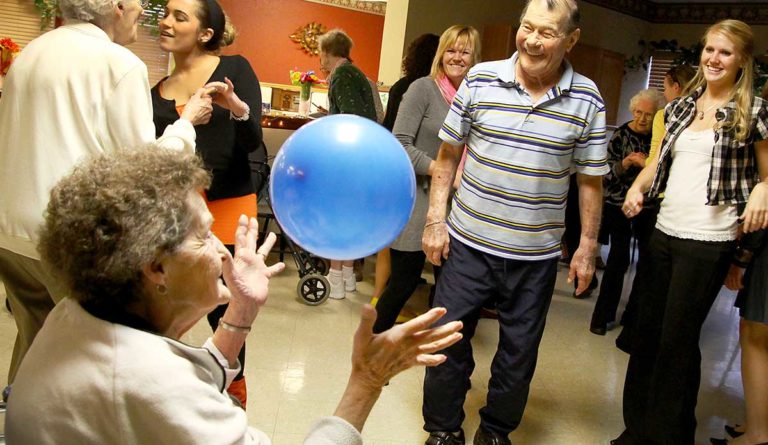The Way We Do Things Around Here
Cultural change in nursing homes requires consistency, institutional commitment, local champions, and focusing on the positive.

Read Time: 4 minutes
Published:
Think about where you work or another place you gather regularly with others. Do you have a sense of what the norms are, how you should behave, and how people react? You don’t shout commands to actors in a theater, for example. Yet it’s fine to yell at players at a sports event. Yes, for silence and anti-social behavior in a library. No, for never speaking with your colleagues at work. Okay to eat with your hands at a pizza shop. Not so much at a French restaurant.
What is this sense of “the way we do things around here”? It’s culture. It’s the usually unexpressed assumptions, values, and beliefs of people within an organization. It can manifest in myriad ways. Aviation provides some heart-stopping examples of why culture is important to understand, measure, and change. In the 1980s, the reporting culture around near misses (crashes that almost happened) was in its infancy. The attitude of “nobody knows, so let’s keep it secret” was common. Yet just last year a crash of five full-sized airplanes was averted. One factor in avoiding that disaster may have been that air traffic controllers now work in a culture where speaking up about errors is encouraged.
But as anyone interested in transforming organizations will tell you, changing a culture is difficult. Organizations comprise many levels and micro cultures.
But as anyone interested in transforming organizations will tell you, changing a culture is difficult. Organizations comprise many levels and micro cultures. Setting up structures and processes that support change requires consistency, institutional commitment, local champions, effective channeling of resources, constant communication, and more. The list is long. And these potential difficulties are frequently compounded by everyone’s tendency to defer to the status quo.
An ever increasing part of my career nevertheless focuses on changing cultures. Why? First, my area of choice needs help. I work with nursing homes, particularly those in the Veterans Health Administration (VA) system. The VA Community Living Centers (as nursing homes are known there) yearly serve over 40,000 veterans, many of whom are among the system’s most vulnerable. I detailed in a previous post the reasons nursing homes deserve attention from all of us. The residents who live there—the future you and me—deserve the best care and living environment society can provide. Yet the staff working closely with older adults are often underpaid and overworked. And despite years of effort to change the culture of care, change has been slow. For those of us who love a challenge, it’s a good area to choose.
But there’s another reason I’m increasingly drawn in this direction: our work focuses on the positive.
But there’s another reason I’m increasingly drawn in this direction: our work focuses on the positive. If a nursing home is trying to improve prevention of pressure injuries (a.k.a. bed sores), for example, frontline staff can gather for a quick huddle and focus their attention on instances when (a) someone was at risk for developing a bed sore but (b) did not develop one. In these huddles, everyone can have a voice—and it’s easier to speak up when the focus is positive. From the positive examples, staff can learn from what’s already working, then devise an action plan to test small changes they can monitor, repeating this huddle-discuss-plan-observe process in an ongoing cycle. We call this “learning from the bright spots.” It helps change the culture by creating high-functioning, relationship-based teams ready to tackle all kinds of quality, safety, morale, and other challenges.
The consultants with whom we work have achieved miraculous changes in nursing home cultures across the nation for decades. But for the first time, with support from VA’s central leadership, we are tackling change in a large, integrated healthcare system.
Sometimes you don’t want to change the way things are done around here, like eating pizza with your hands. But sometimes you need to. Nursing homes need change. There are some terrific, shining examples of what’s possible. But we need to raise the level of all. I believe changes in systems, to the benefit of everyone, is possible.
Feature image: Jeffrey Smith, Senior Dance 1. Jeff Smith/Staff Photographer, used under CC BY-ND 2.0. Used for illustrative purposes only.



